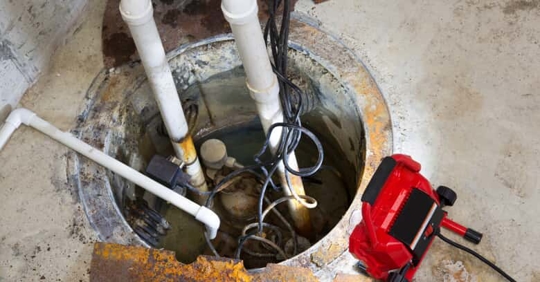
Ah, the sump pump. This device is one of the most important lines of defense your home has against flooding. When snow melts and spring rains flood, you want to be sure your sump pump is up to the task.
Sump Pump FAQ
Our team is breaking down our most asked questions regarding sump pump care and maintenance.
What is a sump pump?
The purpose of a sump pump is to divert groundwater away from your home during periods of high water and heavy rains. The device is usually installed in a basement or crawlspace, so it’s as close to sea level as possible. From there, the sump pump can protect the foundation of your home from flooding.
Is my sump pump broken?
Sump pumps are extremely durable, but they do need some help to stay clean and efficient over time.
- Clean it regularly. Cleaning your pump’s inlet screen is essential — over time, the screen will get clogged with leaves, twigs, and other debris.
- Check for corrosion. While you have the inlet screen out of the system. Check the pump for any visible signs of corrosion.
- Check the drainpipes and clear the grate. Remove the pump from its pit once a year to check these areas and the power cord for any issues.
If you aren’t sure whether your device is working, dump a bucket of water into the basin and turn the system on. Listen for a hum when you turn the system on. If you don’t hear anything, contact your local plumbing company.
The pump should shut down when the water has been pumped out of the basin — if it continues to pump without water, you likely need a repair. The system should automatically turn off after clearing the water, so it doesn’t burn itself out.
